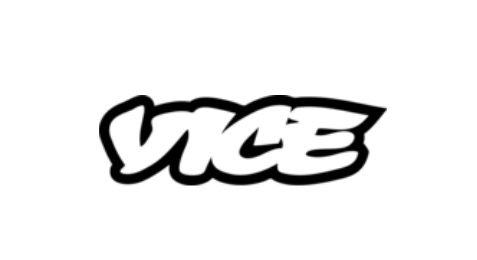Vice Media’s Bankruptcy Sparks Mega Sale to Influential Lenders, Including Soros and Fortress

May 17, 2023
Vice Media Group, once hailed as a digital media pioneer, has filed for bankruptcy protection after grappling with financial challenges for several years. A consortium of lenders, including Fortress Investment, Soros Fund Management, and Monroe Capital, aims to acquire the company following the filing.
This move comes as Vice and other digital media firms face restructuring amid a sluggish economy and a weak advertising market. In this article, we delve into the details of Vice Media’s bankruptcy filing, the lenders involved in the potential acquisition, and the future prospects of the company.
Vice Media’s Financial Struggles
Vice Media Group, known for its youth-focused content and sites like Vice and Motherboard, had been undergoing restructuring and job cuts across its global news business due to financial difficulties. Despite once being valued at $5.7 billion, the company faced challenges as tech giants such as Google and Meta dominated the global advertising market.
Acquisition Plans by Lenders
A consortium of lenders, including Fortress Investment, Soros Fund Management, and Monroe Capital, has expressed interest in acquiring the comany. The lenders have proposed a credit bid of $225 million for most of Vice Media’s assets. Along with assuming significant liabilities. This bid would facilitate the company’s sale and help Vice Media continue its operations throughout the process.
Industry-Wide Challenges
Vice Media’s bankruptcy filing is part of a larger trend within the digital media and technology industry. Other companies, such as Buzzfeed, have also faced the need for restructuring. Also substantial layoffs due to the challenging economic climate and a decline in advertising revenue.
Vice Media’s Journey and Expansion
Having originated as a fringe magazine in Canada in 1994, Vice Media expanded its reach globally by offering youth-oriented content and establishing a strong presence on social media platforms. However, financial troubles persisted, leading to the current bankruptcy filing and acquisition process.
Chapter 11 Bankruptcy Filing
To facilitate the sale, Vice Media filed for Chapter 11 bankruptcy in the U.S. Bankruptcy Court for the Southern District of New York. This filing allows other interested parties to submit bids for the company. Credit bids, which involve swapping secured debt for company assets instead of cash payment, are among the options available to potential buyers.
Continued Operations and Future Prospects
While undergoing the bankruptcy process, Vice Media’s various multi-platform media brands. Including Vice News, Vice TV, Pulse Films, Virtue, Refinery29, and i-D, will continue to operate. Additionally, Vice Media’s international entities and the Vice TV joint venture with A&E are not part of the Chapter 11 filing.
The company’s co-CEOs expressed optimism that the sale process will strengthen Vice Media. Also it will position it for long-term growth by eliminating legacy liabilities.
Conclusion
Vice Media’s decision to file for bankruptcy and seek acquisition by a consortium of lenders reflects the challenges faced by digital media companies in an evolving landscape. The acquisition bid and ongoing operations of Vice Media’s brands indicate a commitment to future growth and the potential for a revitalized organization.
Industry observers will be closely following the outcome and its implications for the digital media landscape. As the sale process unfolds and the company faces Chapter 11 bankruptcy proceedings. The acquisition by the consortium of lenders presents an opportunity for Vice Media to reposition itself and address its financial struggles. Including Fortress Investment, Soros Fund Management, and Monroe Capital.
Vice Media’s journey from a fringe magazine to a global media powerhouse has been marked by both success and challenges. The company’s commitment to its various multi-platform media brands remains steadfast. Vice News, Vice TV, Pulse Films, Virtue, Refinery29, and i-D will continue to operate, ensuring that the company’s diverse content reaches its audience.
The future of Vice Media hinges on the success of the sale process. Also on the ability of the new owners to navigate the evolving digital media landscape. Vice Media aims to emerge stronger and better positioned for long-term growth. By streamlining the company’s capital structure and shedding legacy liabilities.
The story of Vice Media’s bankruptcy filing and potential acquisition serves as a reminder of the broader shifts within the digital media industry. Traditional media organizations face the need to adapt and restructure their operations to remain competitive. As technology giants dominate the advertising market.








